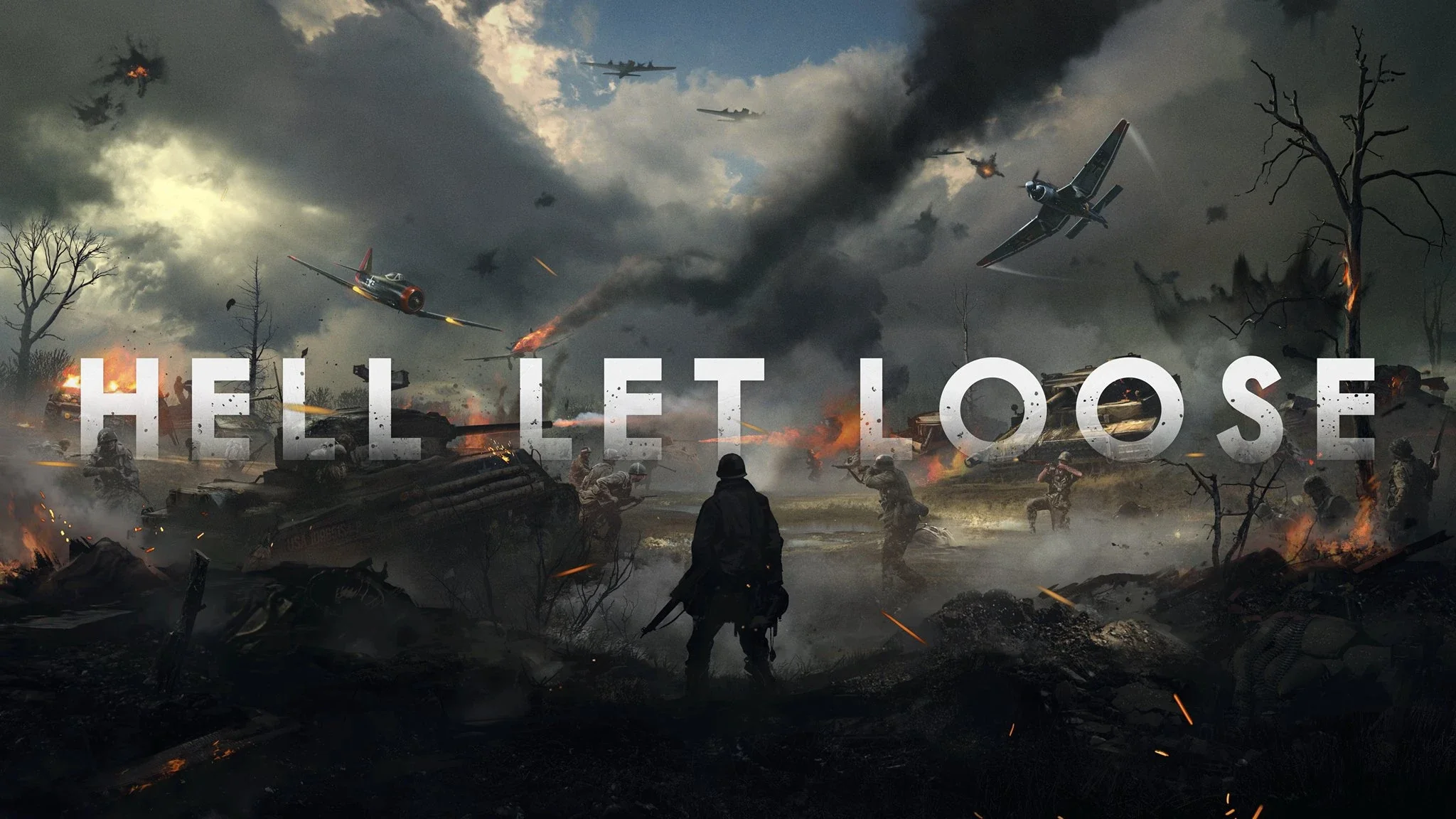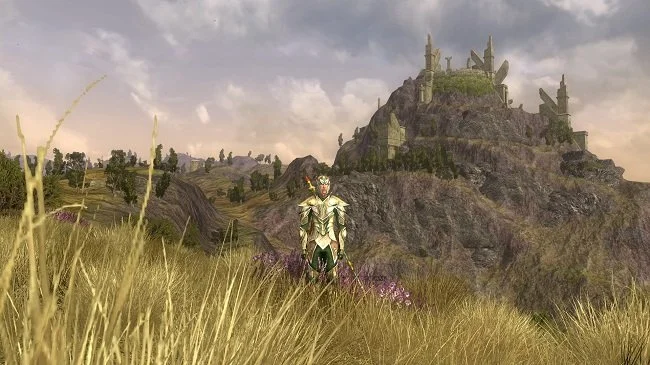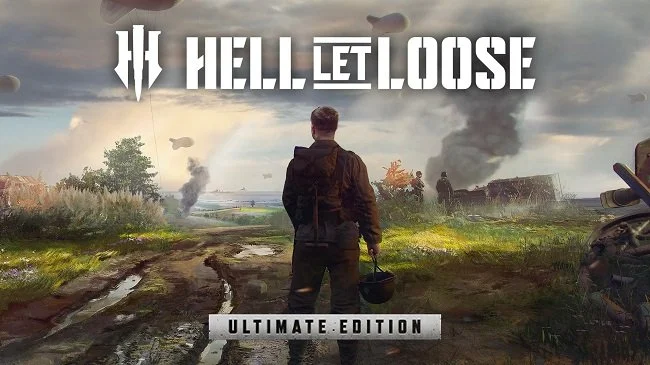Video Game Specifications
Video game specifications are the hardware and software requirements for running a game. These specifications include the amount of RAM, storage space, graphics card and processor. The specifications range from minimum to recommend. The former being sufficient to run a game on the lowest settings and the latter being what is necessary for optimal performance. As games and hardware become more complex, the range of specifications changes over time. PC gaming is predicated on the fact that hardware is “easy” to upgrade, unlike consoles which have fixed specifications. However, game developers are aware that not all customers have the same PC set up and so new titles are developed to run on a broad spectrum of hardware.
From time to time, video game developers will change the hardware parameters of their minimum specifications. A good example of this was in September 2023 when Starfield launched. At the time this was the first game I had encountered where it was mandatory to install on a SSD. If you used a standard HDD, then the game’s performance tanked. Similarly, Call of Duty: Modern Warfare III made the same stipulation a month or so later upon its release. Hence in November 2023 I removed my traditional HDD from my PC and replaced it with a 4TB M.2 SSD. At the time the replacement drive cost £170 which is no small beer. However, SSDs are cheaper nowadays and their performance makes them essential for modern games. Therefore it does not seem unreasonable for such hardware to become the standard minimum specification for certain games.
It is often triple A titles that become vehicles for change to the minimum hardware requirements. A forthcoming release that is part of a popular franchise, may exert sufficient leverage so gamers upgrade their hardware in advance. Assuming that the message reaches all potential buyers. I was debating recently whether or not to buy Indiana Jones and the Great Circle. It was only today that I discovered that the game developers, MachineGames, have taken the bold step of making hardware-based ray tracing mandatory. Hence, your PC requires either a GeForce RTX or newer AMD graphic card to be able to play the game. There is no software-based ray tracing option that can be turned off, as with other games. Unlike upgrading an HDD to a SSD, buying a new graphics card is an expensive proposition.
I suspect that ray tracing will soon become a standard feature of video games, as opposed to an optional extra. How long will it be before FHD resolution (1920 x 1080) is replaced by QHD (2560 x 1440) as the default industry standard, as well? I appreciate that the spectrum of video game specifications has to move with the times but using a popular title to effectively bludgeon through a hardware upgrade does seem somewhat heavy handed. If you check the data from the latest Steam hardware survey, you’ll see that there are still plenty of gamers who are running PCs with older GPUs. This situation is not going to change overnight, especially when it comes with a potential £500 price tag. That being said, the positive reviews and FOMO surrounding Indiana Jones and the Great Circle may have an impact and drive a percentage of GPU upgrades. We will probably know more by the end of the year






























